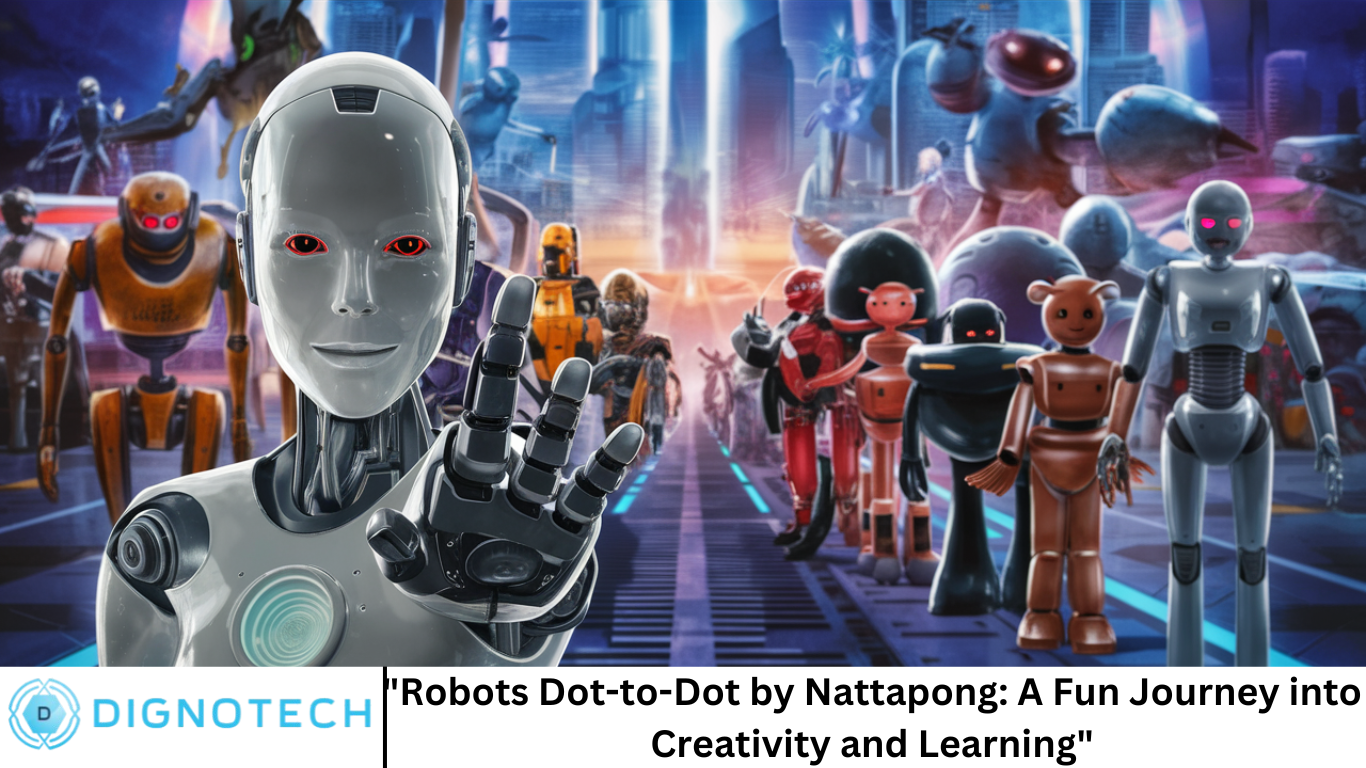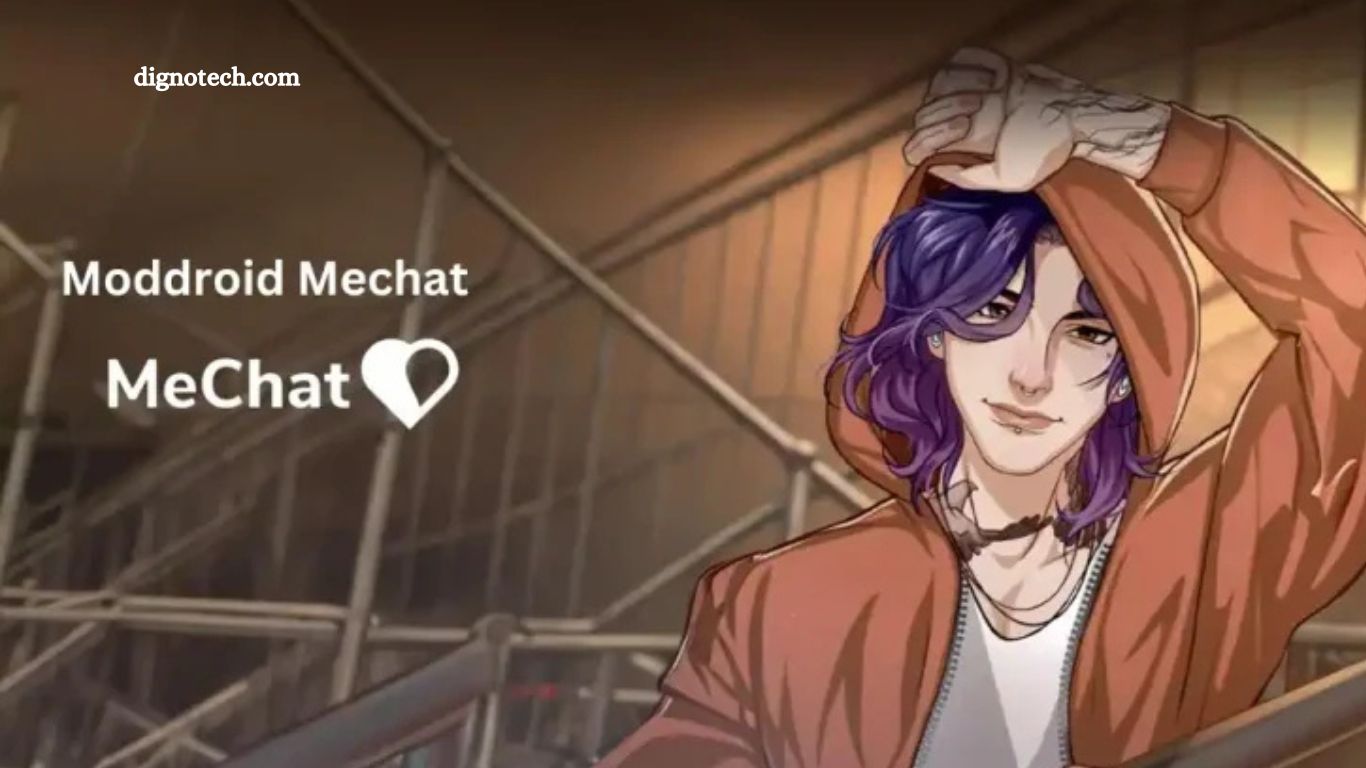“Robots Dot-to-Dot by Nattapong: A Fun Journey into Creativity and Learning”

Hi everyone! How are you all doing? Welcome to dignotech.com! In the world of creative education, few activities capture the attention of young minds as effectively as dot-to-dot puzzles. These puzzles combine the joy of drawing with the excitement of uncovering hidden images, providing children with both a fun and educational experience. One particular work that stands out in this genre is “Robots Dot-to-Dot” by Nattapong, a book that has quickly gained popularity for its engaging approach to fostering creativity and learning. In this article, we will explore the magic behind “Robots Dot-to-Dot” and how it can ignite the imagination of children while developing essential skills.
The Concept Behind Robots Dot-to-Dot
Robots Dot-to-Dot by Nattapong takes the traditional dot-to-dot puzzle format and gives it a futuristic twist by featuring a series of robot-themed images. Each puzzle consists of a series of numbered dots that children must connect in sequence to reveal the hidden image. The book includes a variety of robots, from simple mechanical designs to intricate, futuristic machines, offering a diverse set of puzzles for children to enjoy.
Nattapong’s concept is brilliant because it not only keeps children entertained but also introduces them to the concept of robotics and technology in a fun and accessible way. As kids connect the dots, they get a sneak peek into the world of robots, making it easier for them to understand and appreciate this field of science and engineering. It also sparks curiosity about how robots work, what they do, and how they might shape the future.
The Educational Benefits of Dot-to-Dot Puzzles
Dot-to-dot puzzles, especially those like “Robots Dot-to-Dot”, offer numerous educational benefits. These puzzles may seem like a simple activity, but they help children develop a variety of important skills. Here are some of the key educational benefits:
Enhancing Fine Motor Skills
One of the primary benefits of dot-to-dot puzzles is their ability to improve fine motor skills. As children connect the dots, they must hold a pencil or pen and carefully draw lines, which helps them develop hand-eye coordination and dexterity. These fine motor skills are essential for various everyday tasks, such as writing, drawing, and even using technology.
Improving Number Recognition and Sequencing
Since the puzzles are based on numbered dots, children are encouraged to recognize numbers and practice sequencing. This process helps young learners to become more comfortable with counting, and it reinforces their understanding of number order. As they connect the dots in the correct sequence, children are also exposed to the concept of numerical patterns, an important foundation for more advanced mathematical concepts.
Promoting Problem-Solving Skills
Each dot-to-dot puzzle is a mini problem that children must solve by following the correct sequence of numbers. This encourages critical thinking and enhances problem-solving abilities. As children work through puzzles of varying difficulty levels, they learn how to approach problems logically and methodically.
Stimulating Creativity and Imagination
The images that emerge from dot-to-dot puzzles are not just static; they often have a dynamic, imaginative quality. By connecting the dots, children can bring robots to life, which can spark their creativity. The futuristic nature of the robot designs in “Robots Dot-to-Dot” opens the door to imaginative thinking, allowing kids to think about technology, innovation, and the possibilities of the future.
Boosting Patience and Focus
Dot-to-dot puzzles require concentration and patience. Children must focus on the task at hand and avoid rushing through it, which helps them build attention span and perseverance. These qualities are crucial for academic success and personal growth as they transfer to other areas of life.
The Robot Theme: Inspiring the Next Generation of Innovators
Nattapong’s decision to feature robots in “Robots Dot-to-Dot” is particularly noteworthy. In an age where technology is advancing rapidly, fostering an early interest in robotics can be highly beneficial for children. The robot theme introduces concepts related to engineering, technology, and innovation, potentially inspiring future inventors, engineers, and scientists.
By incorporating robots into a fun and engaging puzzle format, Nattapong introduces children to the fascinating world of robotics in a way that is accessible and enjoyable. It can spark a curiosity about how robots work, what they are used for, and how they might be integrated into our daily lives. This could be the first step in a child’s journey toward a future career in STEM (science, technology, engineering, and mathematics).
Moreover, the diversity in robot designs—ranging from simple machines to complex, futuristic models—encourages children to think creatively about how robots could evolve. The imaginative possibilities are endless, and children are invited to envision a world filled with robots that can assist with everything from space exploration to medical procedures.
The Art of Robots Dot-to-Dot: A Visual and Cognitive Delight
Another standout feature of “Robots Dot-to-Dot” is its visual appeal. As the dots are connected, children are rewarded with detailed illustrations of robots that are often highly intricate and visually striking. These images not only showcase the creativity of the artist but also provide an opportunity for children to practice their own drawing skills.
Drawing can be a powerful medium for self-expression, and the act of completing a dot-to-dot puzzle allows children to create a picture with their own hands. This process of creation fosters a sense of pride and accomplishment, boosting self-esteem and confidence. Additionally, the act of completing these puzzles can provide a sense of relaxation and satisfaction, much like other forms of art and crafts.
The book is also filled with vibrant colors and engaging designs, making the experience even more enjoyable. As children progress through the puzzles, they can add their own color choices, further personalizing the experience and tapping into their artistic instincts.
Ideal for Various Age Groups
While “Robots Dot-to-Dot” is primarily designed for children, it is suitable for a wide range of age groups. The puzzles range in difficulty, making it an excellent resource for children of different ages and skill levels. Younger children can begin with simpler, less detailed robots, while older children or those with more advanced skills can tackle the more intricate designs.
In addition to its appeal for children, “Robots Dot-to-Dot” can also be enjoyed by adults who appreciate the fun and satisfaction of completing dot-to-dot puzzles. For parents, teachers, or caregivers, this book serves as a great bonding activity, providing an opportunity to engage in quality time with children while fostering creativity and learning.
Frequently Asked Question
What age group is “Robots Dot-to-Dot” suitable for?
“Robots Dot-to-Dot” is designed primarily for children, but its puzzles range in difficulty, making it suitable for a variety of age groups. Younger children can start with simpler puzzles, while older children and even adults can enjoy the more complex designs.
How does “Robots Dot-to-Dot” benefit children’s learning?
The book enhances fine motor skills, improves number recognition and sequencing, promotes problem-solving, stimulates creativity, and boosts patience and focus. These benefits contribute to overall cognitive development and academic success.
Is “Robots Dot-to-Dot” just for fun, or does it have educational value?
While it is incredibly fun, “Robots Dot-to-Dot” also has significant educational value. It introduces children to robotics, engineering, and technology in an engaging way, while also teaching essential skills such as counting, sequencing, and problem-solving.
Can children customize the robot images after completing the dot-to-dot puzzles?
Yes, children are encouraged to add their own creativity by coloring the completed robot images. This allows them to personalize the illustrations and express their own artistic style.
Does “Robots Dot-to-Dot” encourage creativity?
Absolutely! The robot-themed puzzles inspire children to think creatively about technology and the future. By completing the puzzles and imagining their own robot designs, children are encouraged to use their imagination and problem-solving skills.
I s “Robots Dot-to-Dot” suitable for both individual and group activities?
Yes, the book can be enjoyed individually or as a group activity. It’s perfect for family bonding time or classroom settings where children can work together to complete puzzles and share their creations.
Are there other themes or similar books by Nattapong?
While “Robots Dot-to-Dot” is a standout in its genre, Nattapong has created other dot-to-dot books with different themes, such as animals, space exploration, and vehicles. These books offer similar educational and creative benefits while introducing different concepts and designs.
Conclusion
“Robots Dot-to-Dot” by Nattapong is more than just a collection of puzzles—it is a gateway to learning, creativity, and problem-solving. Whether used in the classroom, at home, or as a fun family activity, this book offers children the opportunity to develop essential skills while diving into the exciting world of robotics. With its engaging design and educational benefits, “Robots Dot-to-Dot” is a valuable resource for any young learner interested in exploring creativity and technology.
By combining fun and education, Nattapong has created a perfect tool for helping children navigate their journey into a world of imagination, innovation, and knowledge. Whether you’re a parent, educator, or child, “Robots Dot-to-Dot” promises to provide hours of engaging, hands-on learning that will leave a lasting impact.




